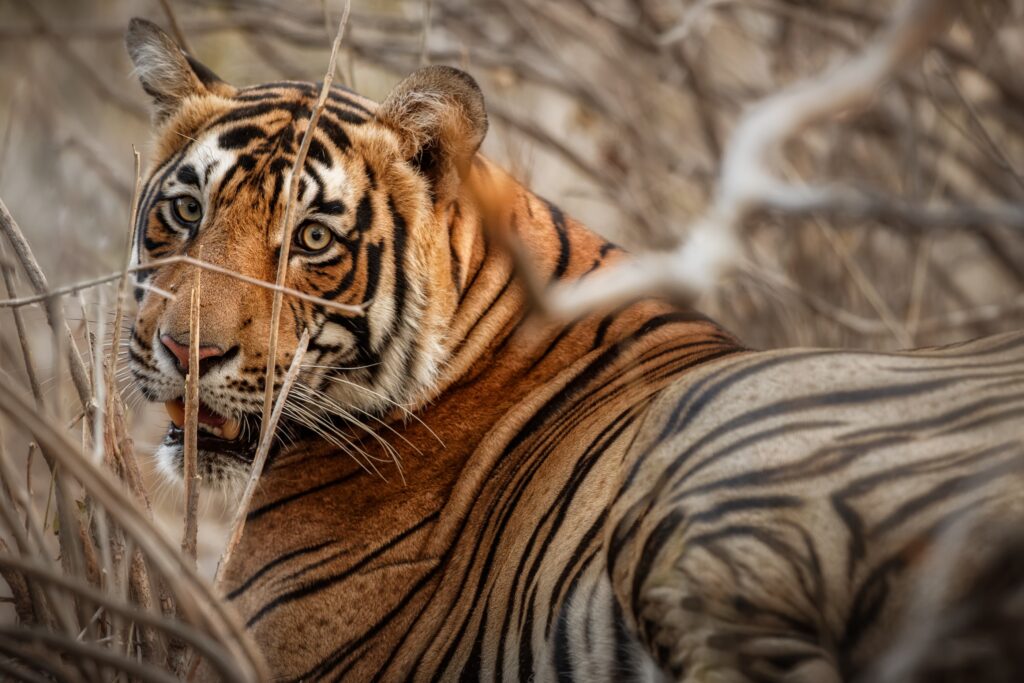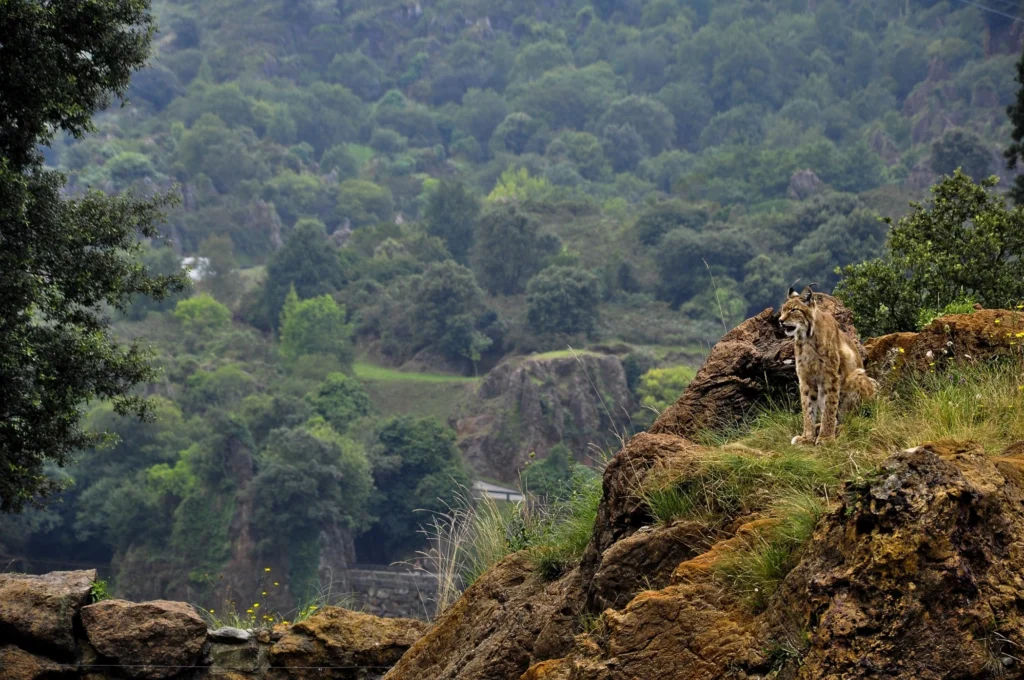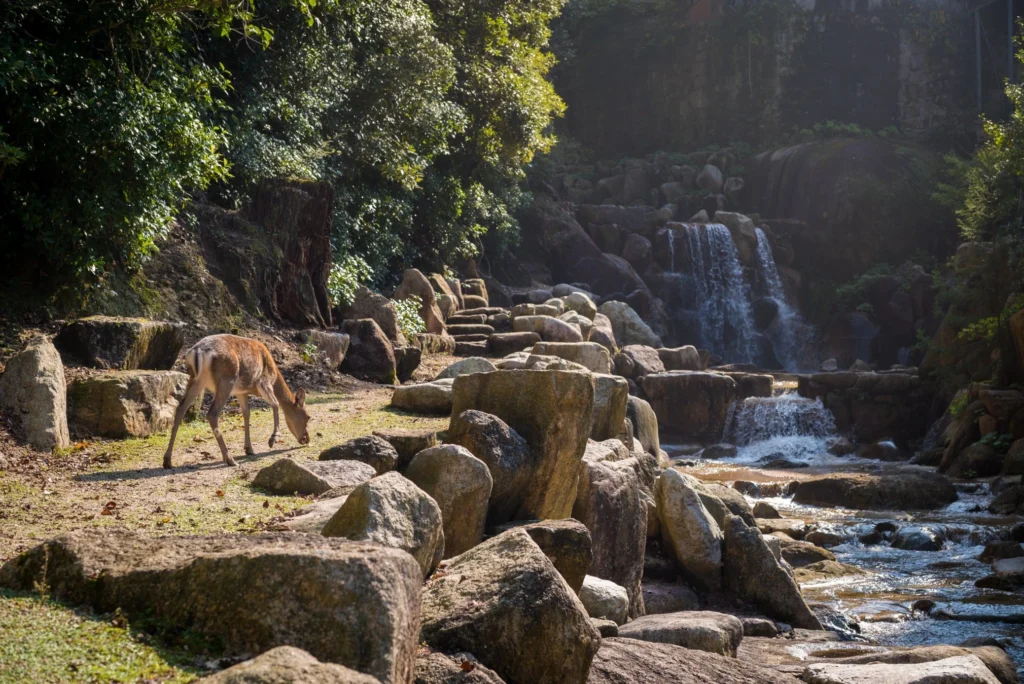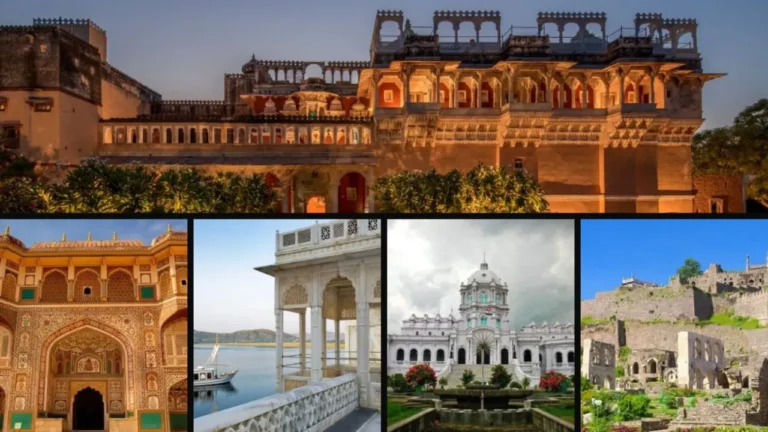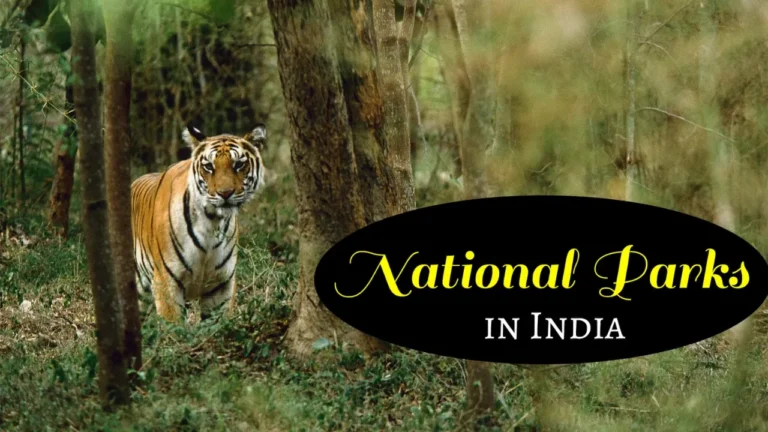When it comes to experiencing the wild heart of India, Jim Corbett National Park stands as a timeless gem. Nestled in the foothills of the Himalayas in Uttarakhand, this sanctuary is India’s oldest national park, established in 1936, and famously named after the legendary hunter-turned-conservationist Jim Corbett. Today, it’s a haven for wildlife lovers, photographers, and travelers seeking adventure in nature’s lap.
A Home to the Royal Bengal Tiger
Jim Corbett is best known as the very first park under Project Tiger, India’s tiger conservation initiative launched in 1973. The thrill of spotting the majestic Bengal tiger in its natural habitat draws thousands of visitors every year. Beyond tigers, the park is also home to elephants, leopards, deer, gharials, and over 600 species of birds, making it a paradise for wildlife enthusiasts.
Landscapes That Take Your Breath Away
The park spreads across more than 500 sq. km and offers a stunning mix of dense forests, grasslands, rivers, and hills. The Ramganga River flows through it, nourishing the flora and fauna, and creating perfect backdrops for safaris and photography. Every season reveals a new face of Corbett—lush greenery in monsoon, pleasant safaris in winter, and golden grasslands in summer.
Beyond Wildlife: Local Culture & Stay
Jim Corbett isn’t just about safaris. The surrounding villages and eco-resorts offer a taste of Kumaoni culture, local food, and warm hospitality. Luxury resorts, riverside camps, and forest lodges make it a favorite weekend escape for families and adventure seekers alike.
Final Word
Jim Corbett National Park is more than just a destination—it’s an experience of raw wilderness, conservation history, and natural beauty. Whether you’re a wildlife photographer, a nature lover, or a traveler seeking peace, Corbett promises memories that stay with you long after you leave.



